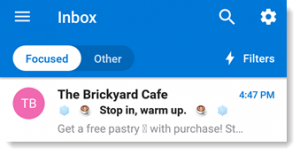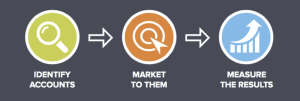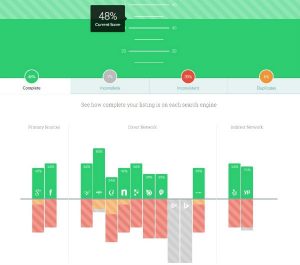As a marketer, your number one job is to create an environment that motivates and gives customers the confidence to buy. But sometimes, in our enthusiasm to convey the specific features and advantages of our product, we do just the opposite. Confused buyers don’t buy.
It seems fairly obvious. The question is, does any kind of confusion derail purchase or is it something specific? What can businesses do to resolve customer confusion?

We can learn about confusion from the consumer confusion study conducted by Gianfranco Walsh, Thorsten Hennig-Thurau and Vincent-Wayne Mitchell. They wanted to understand what type of confusion negatively affected a customer’s processing and decision-making abilities. Based on a review of the literature, they identified three primary types of confusion: similarity, ambiguity, and overload.
Get Clear on the Causes of Confusion
Let’s start by defining the types of confusion businesses create and their impact on purchase. Similarity confusion occurs when customers can’t discern the visual or functional differences between products/solutions from different companies in the same category. Maybe you’ve felt that way in a hardware store when you walked down the hand tool aisle in search of a hammer. Companies often monitor what competitors do in terms of messaging, packaging, and pricing and may use this information to make modifications to their offerings. Be wary of making these types of changes, as the more similar products look, feel, and cost, the greater your chances are for creating similarity confusion.
Ambiguity confusion results when there is a lack of clarity or misleading information about offers. If prospective customers tell you they don’t understand what you do, they are letting you know they are experiencing ambiguity confusion.
Overload confusion results when customers have more information and alternatives than they can process or understand. This happens to me when I go into a store in search of a light bulb. There is an entire aisle devoted to light bulbs! I have actually returned home without a light bulb because I couldn’t decide which one to buy. This illustrates overload confusion. When a company attempts to highlight every feature of the product and offers too much information, they risk creating overload confusion.
It is possible for a company to create all three types of confusion, but overload confusion has the greatest impact on decision deferral. If you think you might be creating all three, focus on reducing overload confusion first.

Four Easy Ways to Resolve Customer Confusion
When customers are confused, they do one thing – nothing! In the words of colleague and friend Roger Dooley, author of Neuroscience Marketing, “Eliminating confusion often requires only minor design or copy changes, making it one of the cheapest things you can do to increase conversion.”
Take four steps to help reduce and avoid confusion.
- Be customer-centric. Being customer-centric means you put yourself in your customers’ shoes when it comes to how you communicate. Make sure your value proposition is clear, succinct, and relevant. Apply these rules to all of your product descriptions and forms of communication (email, website, etc.). Avoid jargon, acronyms, and unfamiliar words. Test, test, and test some more. Customer focus groups are one way to test.
- Reduce options. Keep choices to a minimum, this includes Calls to Action (CTA). Keep the options to the number of fingers on one hand.
- Ask. Ask customers and prospects what is clear and what is confusing. Monitor customer questions and reviews. If the same question keeps being asked, it is a good indicator of confusion.
- Keep tabs on the customer journey. Rather, keep tabs on where the journey ends if it consistently stops before purchase. If customers stop at the same point on a regular basis, that may be another opportunity to reduce confusion.
Are you clear on how to appeal in the least confusing way to your specific customer base?
Business & Finance Articles on Business 2 Community
(15)







